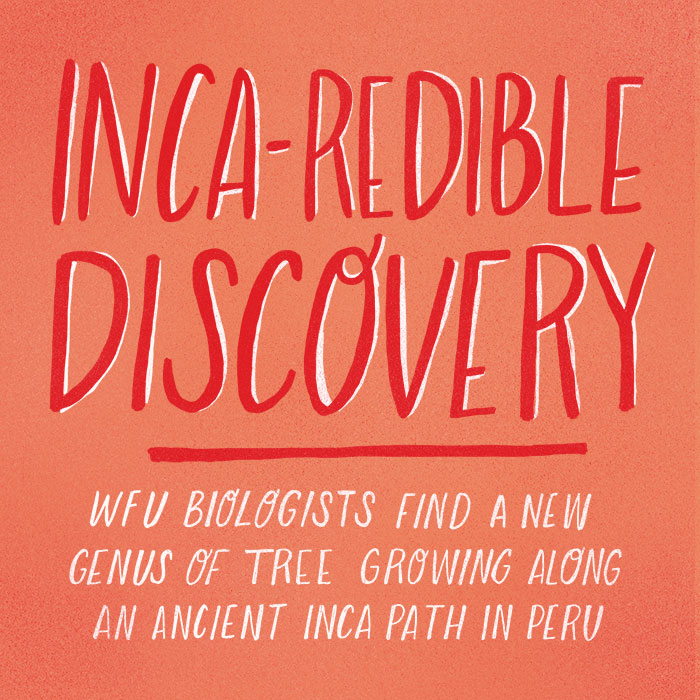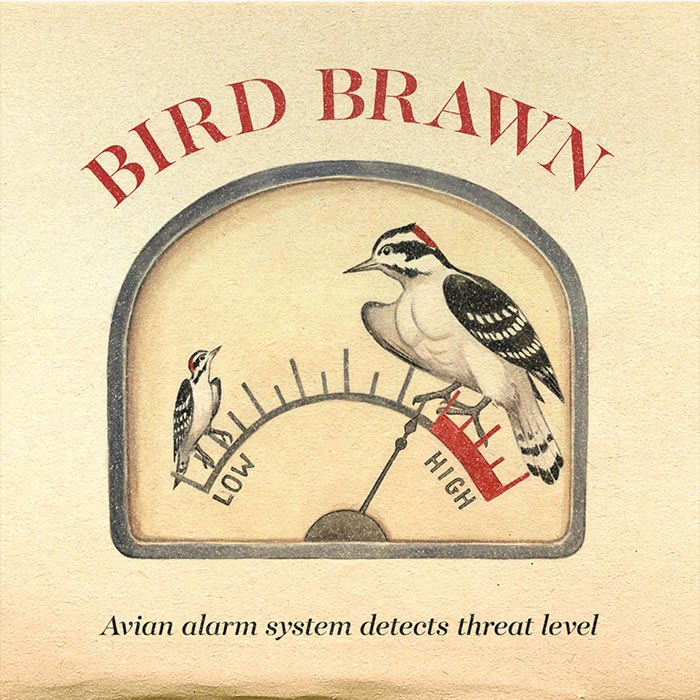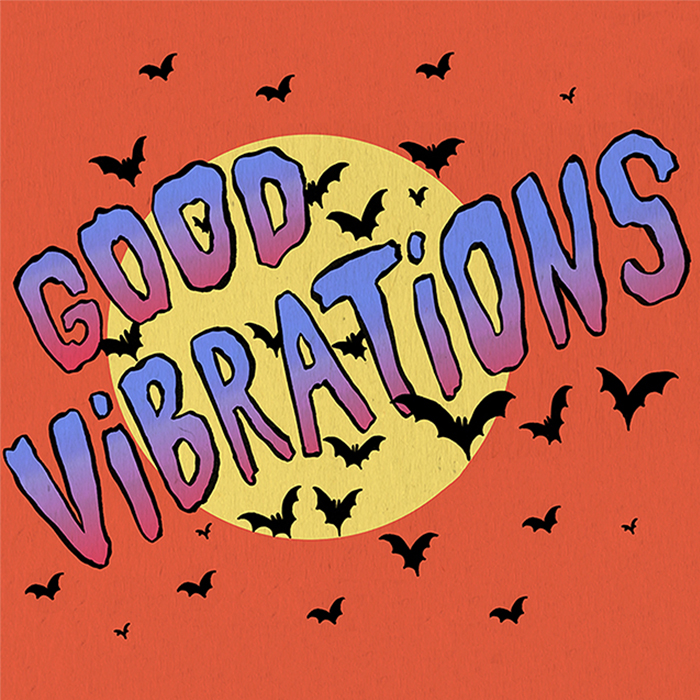Good Vibrations

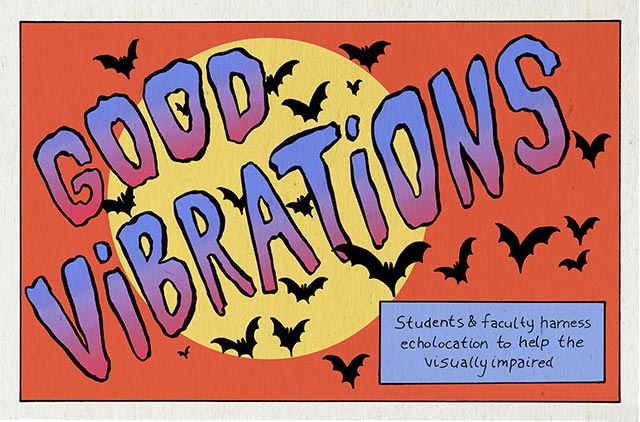
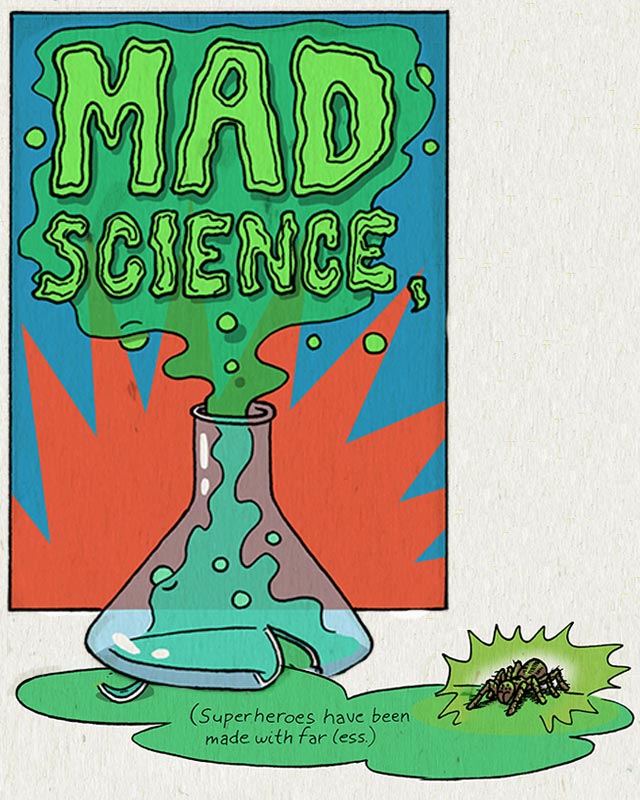
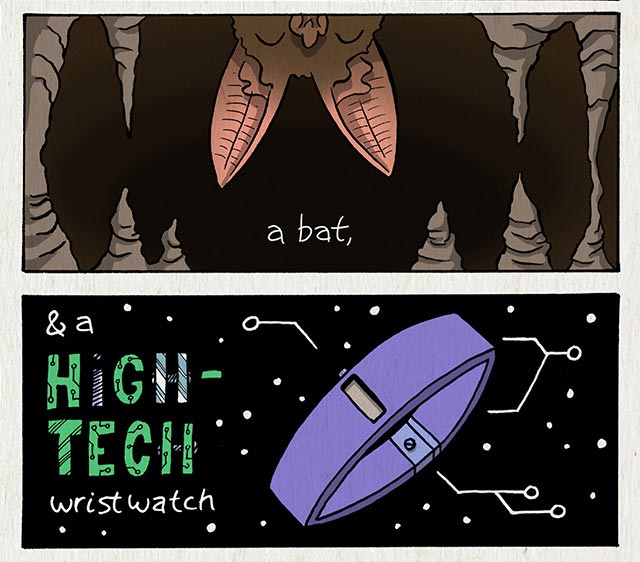
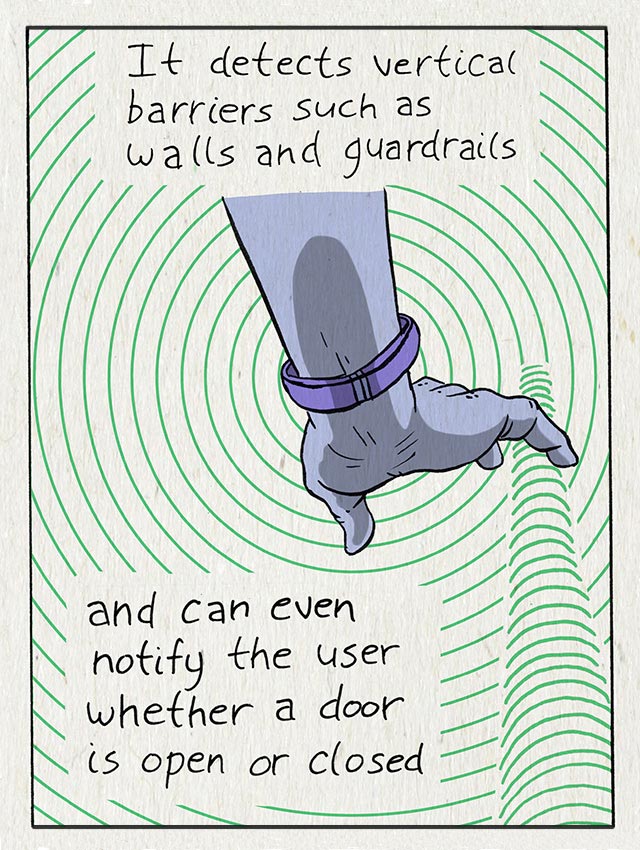
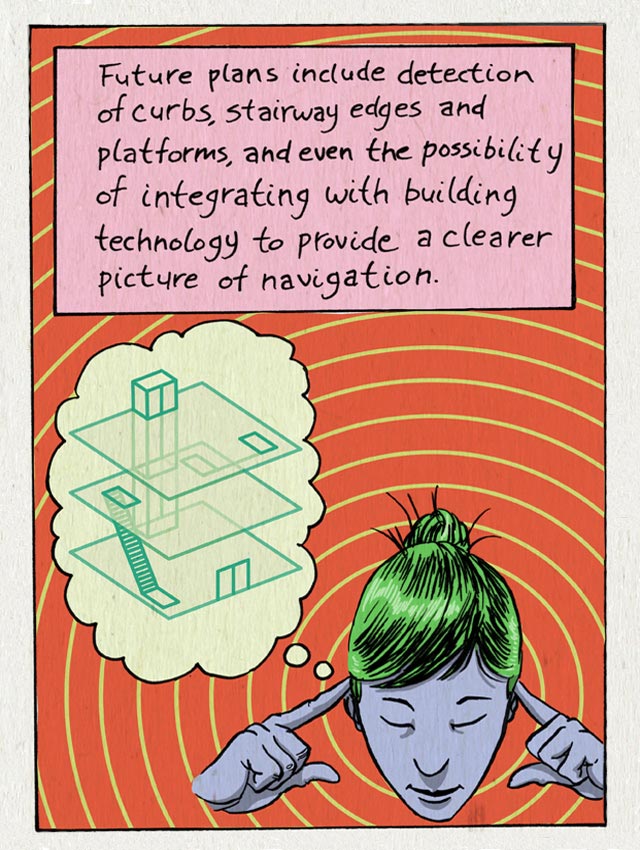
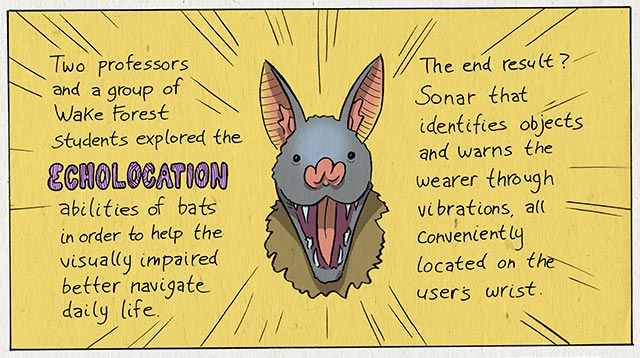
GOOD VIBRATIONS
A True Team Effort
Under the guidance of Professors Paul Pauca and Bill Connor, Jack Janes, a senior computer science major; Dominic Prado, a senior biology major; and Ran Chang, a sophomore computer science major, began brainstorming around the echolocation idea during the first STEM incubator meeting of the Fall 2014 semester.
“The vision of the STEM incubator is to pair upperclassmen from possibly different science fields together with undeclared freshman and sophomores,” Pauca said. “One of the goals is to foster horizontal relationships between students, meaning that they are learning from each other, but also vertical relationships with their faculty mentors.”

